Planting a pollinator garden can make your yard more entertaining and increase the production of your favorite vegetables. Though pollinator gardens are somewhat more utilitarian than other types of flower gardens they have a beauty that is different from a formal garden.
The best plants to put in a pollinator garden are wildflowers. They don’t necessarily have to be wildflowers native to your local region but they do have to be adapted to your local conditions. Here in Churchill County there are not a lot of wildflowers that bloom during the summer months so we need to use wildflowers native to other regions. When picking wildflowers to plant in your pollinator garden, choose species that are native to regions where soils are alkaline and climate is semiarid. Many of the wildflowers native to the western Great Plains and lower elevations of Rocky Mountain region are good choices.
I stress the use of wildflowers because pollinators evolved with these flowers before plant breeders started selecting and breeding plants for their visual appeal. Pollinators feed on the nectar produced by the flower and many horticulturally popular flowers that are double don’t allow for pollinators to easily access the nectar. Also, the scent of some wildflowers is lost when they have been selected and bred for visual appeal. These scents attract some pollinators.
Among the wildflowers I plant in my garden that have attracted bees, hummingbirds, and butterflies, are beebalm (the wild beebalm Monarda fistulosa), liatris (Liatris spiccata), echinacea (Echinacea purpurea), perennial blue salvia (Salvia azurea), yarrow (Achillea sp.) and fleabane (Erigeron sp.).
Don’t leave out our native wildflowers. They can extend the season of bloom to our cooler ends of the growing season. Flowers like penstemons and desert primrose that bloom in spring.
Pollinator gardens don’t look formal or tidy. In fact, you want a little bit of trash like leaves, feathers, broken twigs, or even some of the cotton from the poplars. The latter may lead to some small tree seedlings which you will want to remove as soon as you discover them. The reason for leaving a little bit trash among the plants is that some pollinators like hummingbirds use this trash to make their nests.
You can make a pollinator garden look less chaotic if you group plants by species so that you have patches of different color rather than a complete randomization of the all plants. An example would be to a dozen plants of the same species next to each other then put a dozen plants of another species that blooms at the same time on the other side of the garden. Next to each of these clumps plant other species in clumps that bloom at another time of the season so that you can have continuous blooms throughout the growing season.
Even if you choose the most drought tolerant wildflowers for your pollinator garden you will still need to have a means of irrigating it throughout the growing season. The non-native wildflowers need water during our dry hot summer so they may grow and bloom.
Then find time to sit back in the early morning to watch the pollinators feed on the nectars of the blooms. This is the entertaining part of a pollinator garden.
Sign up to receive updates and the Friday File email notices.
Support local, independent news – contribute to The Fallon Post, your non-profit (501c3) online news source for all things Fallon.
The Fallon Post -- 1951 W. Williams #385, Fallon, Nevada 89406

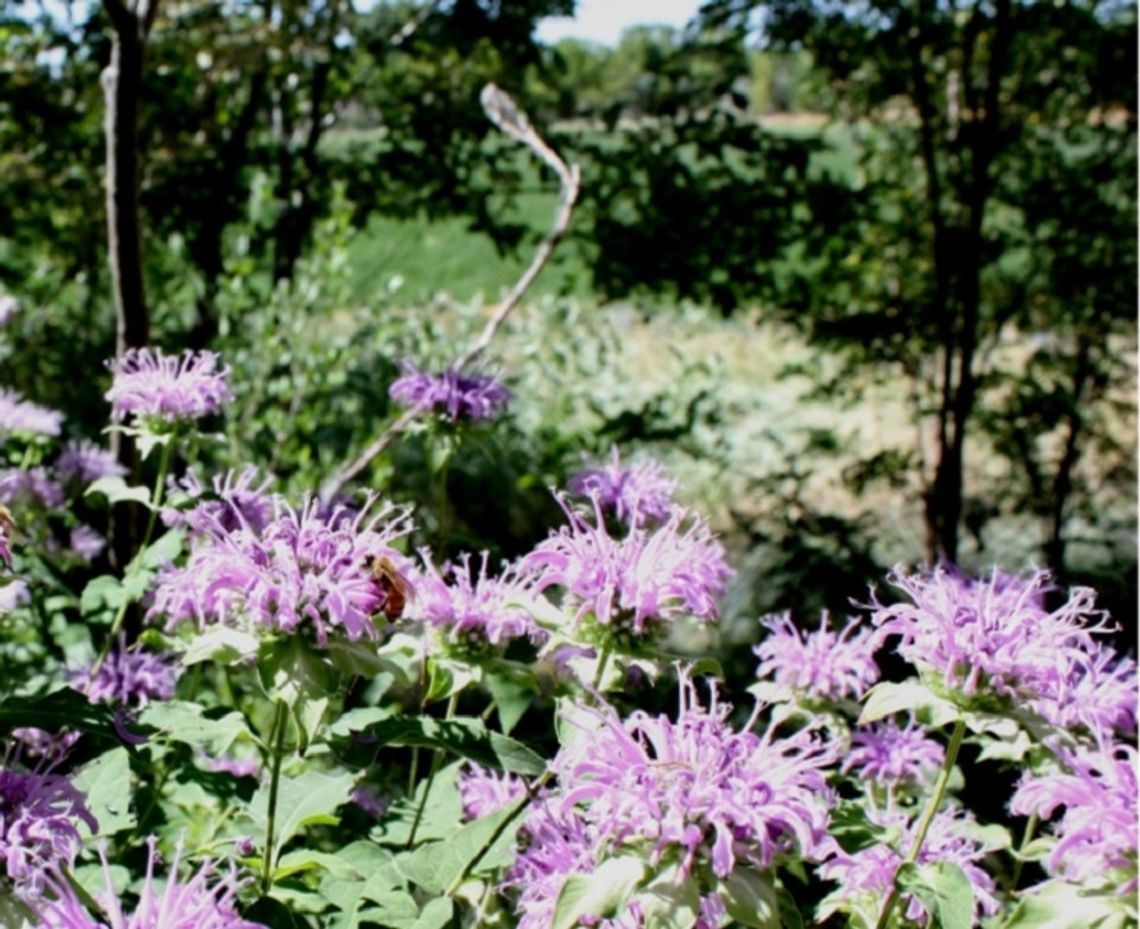
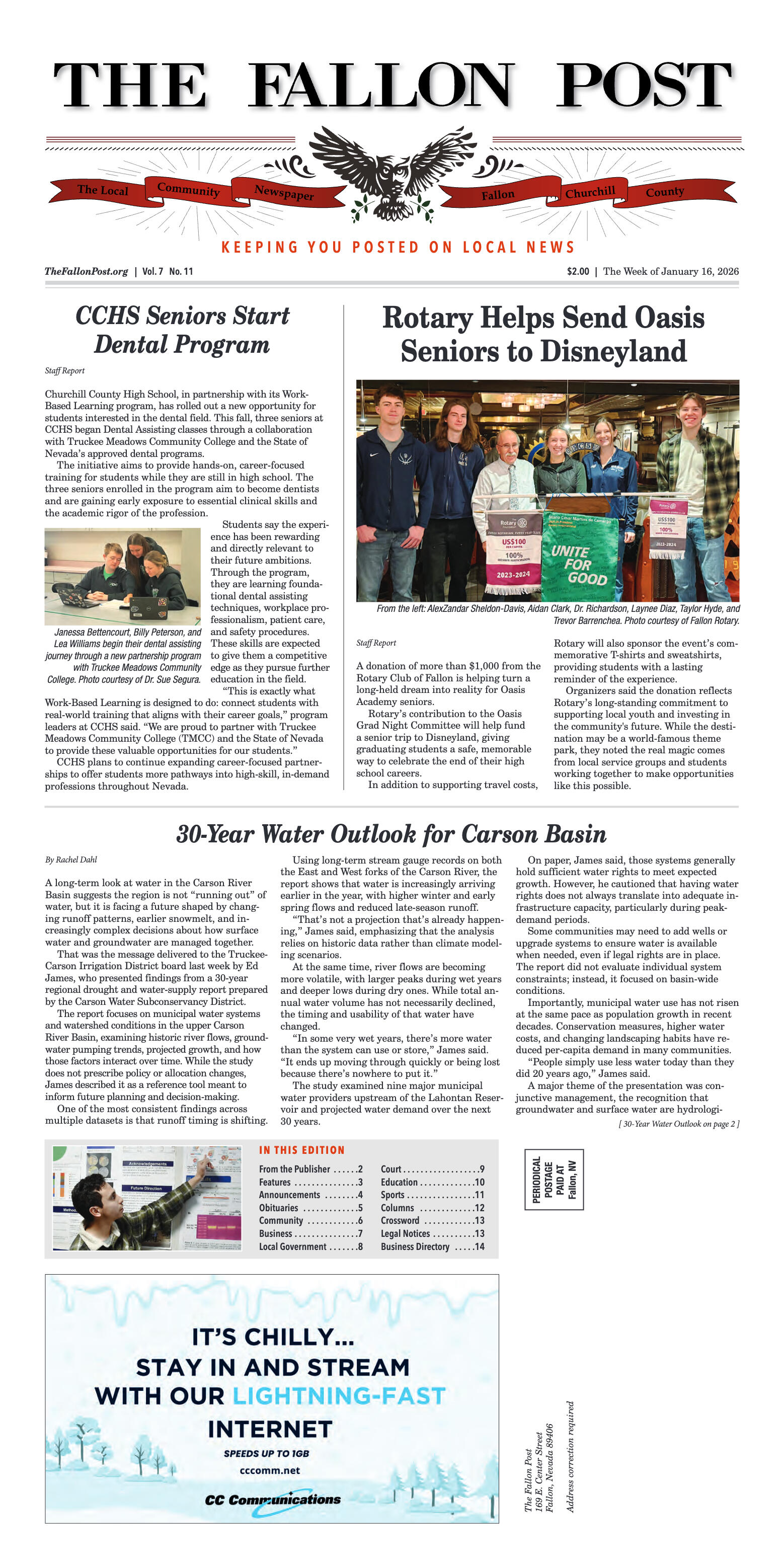
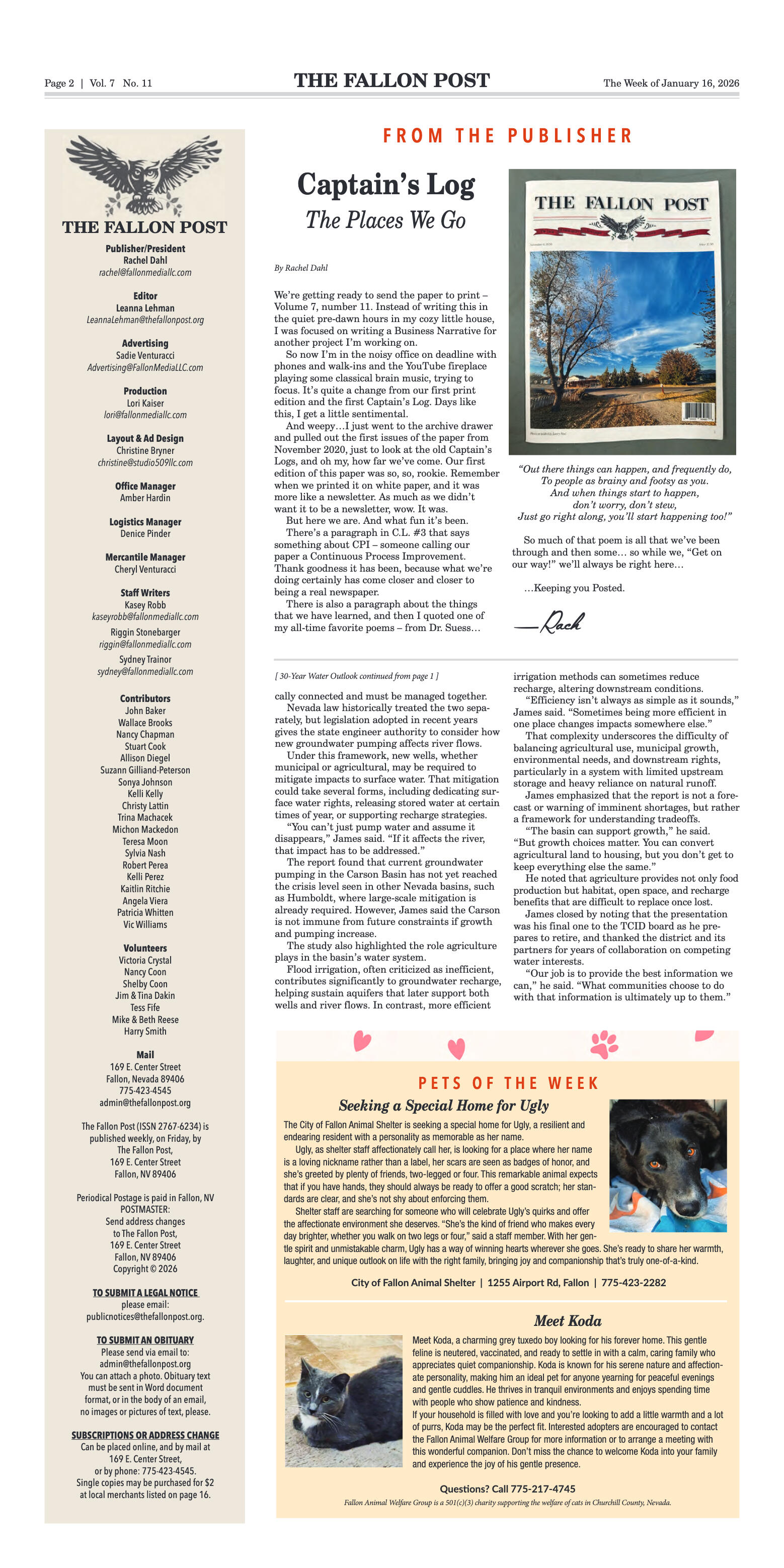
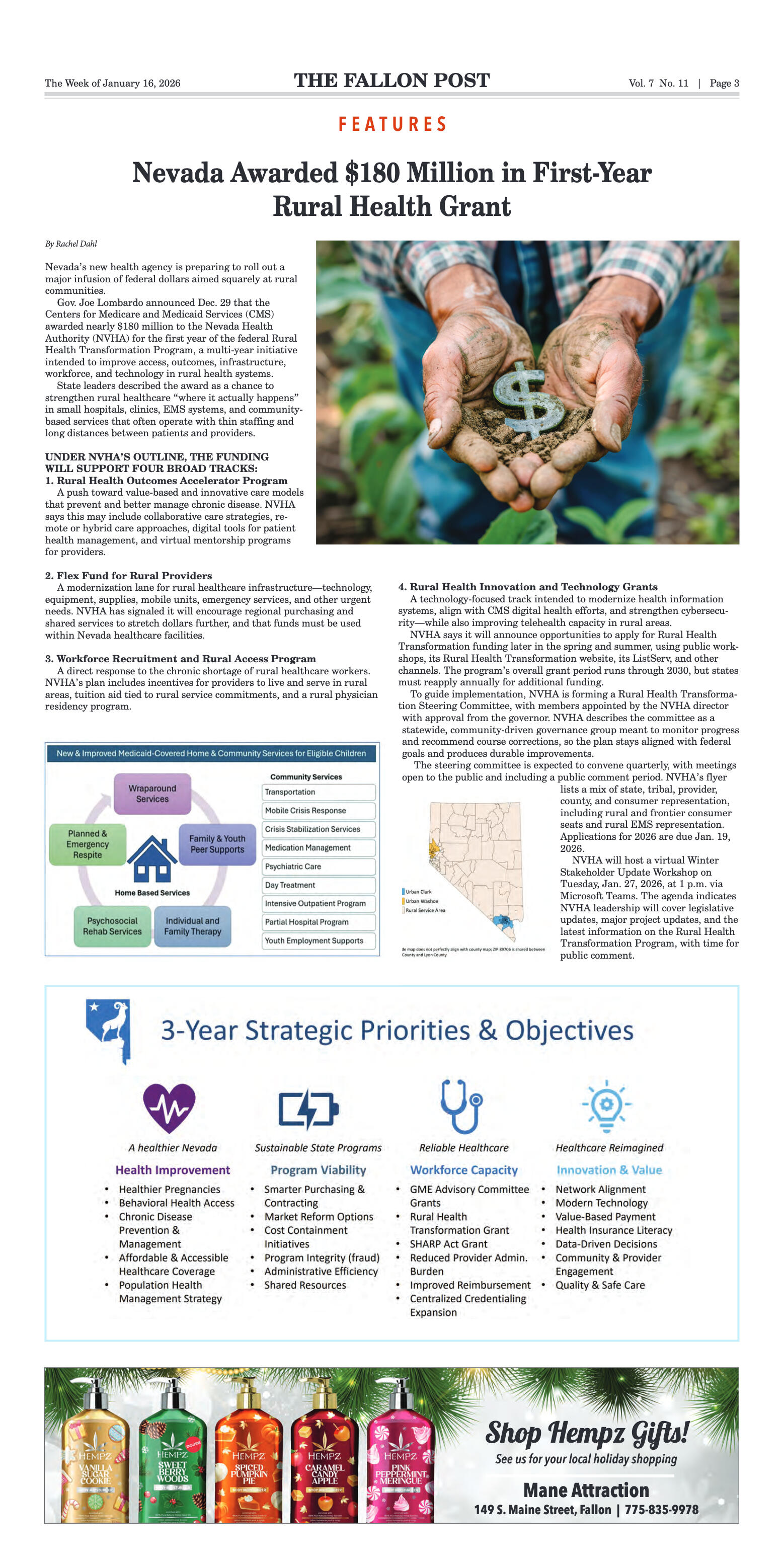
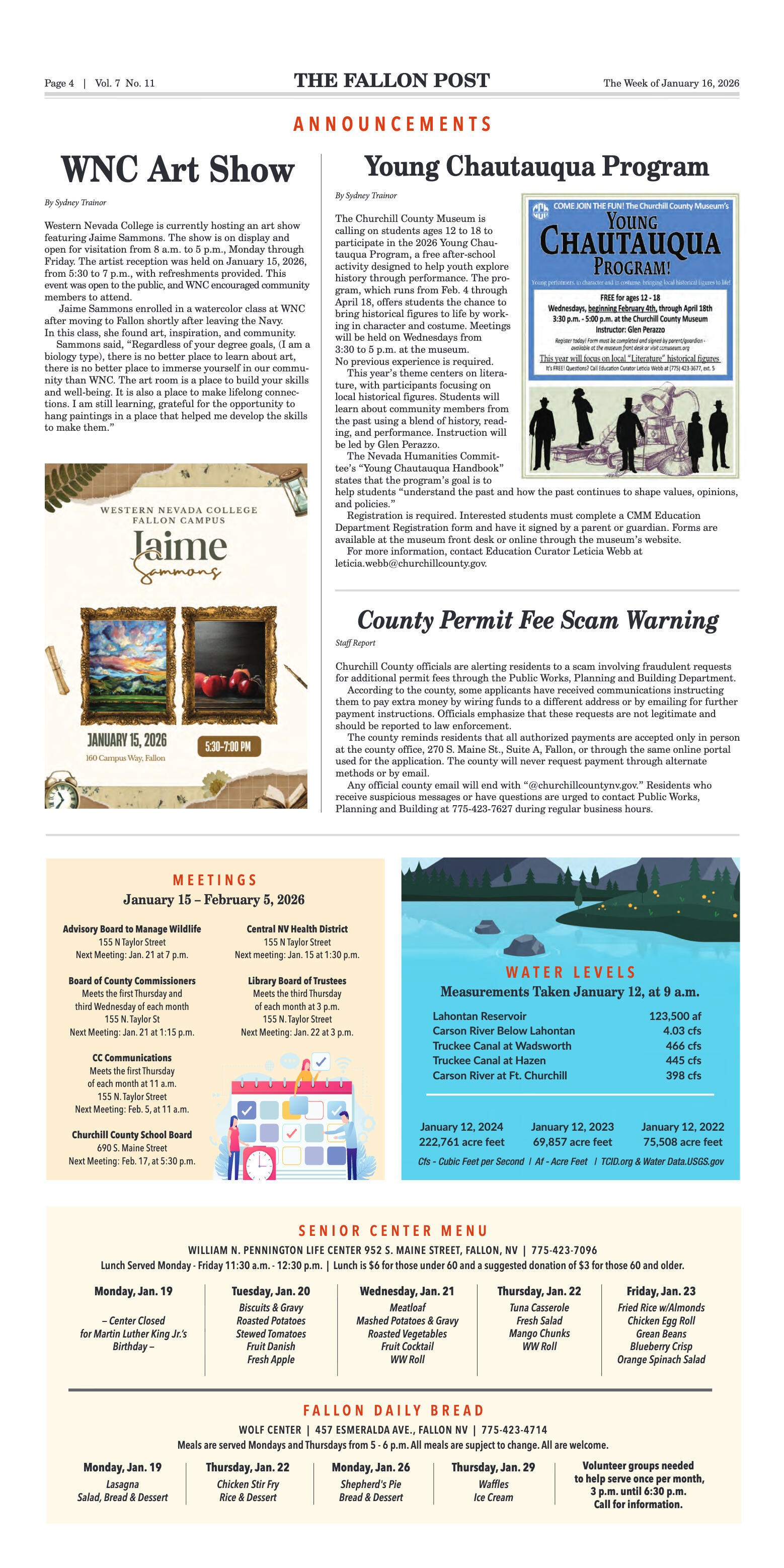
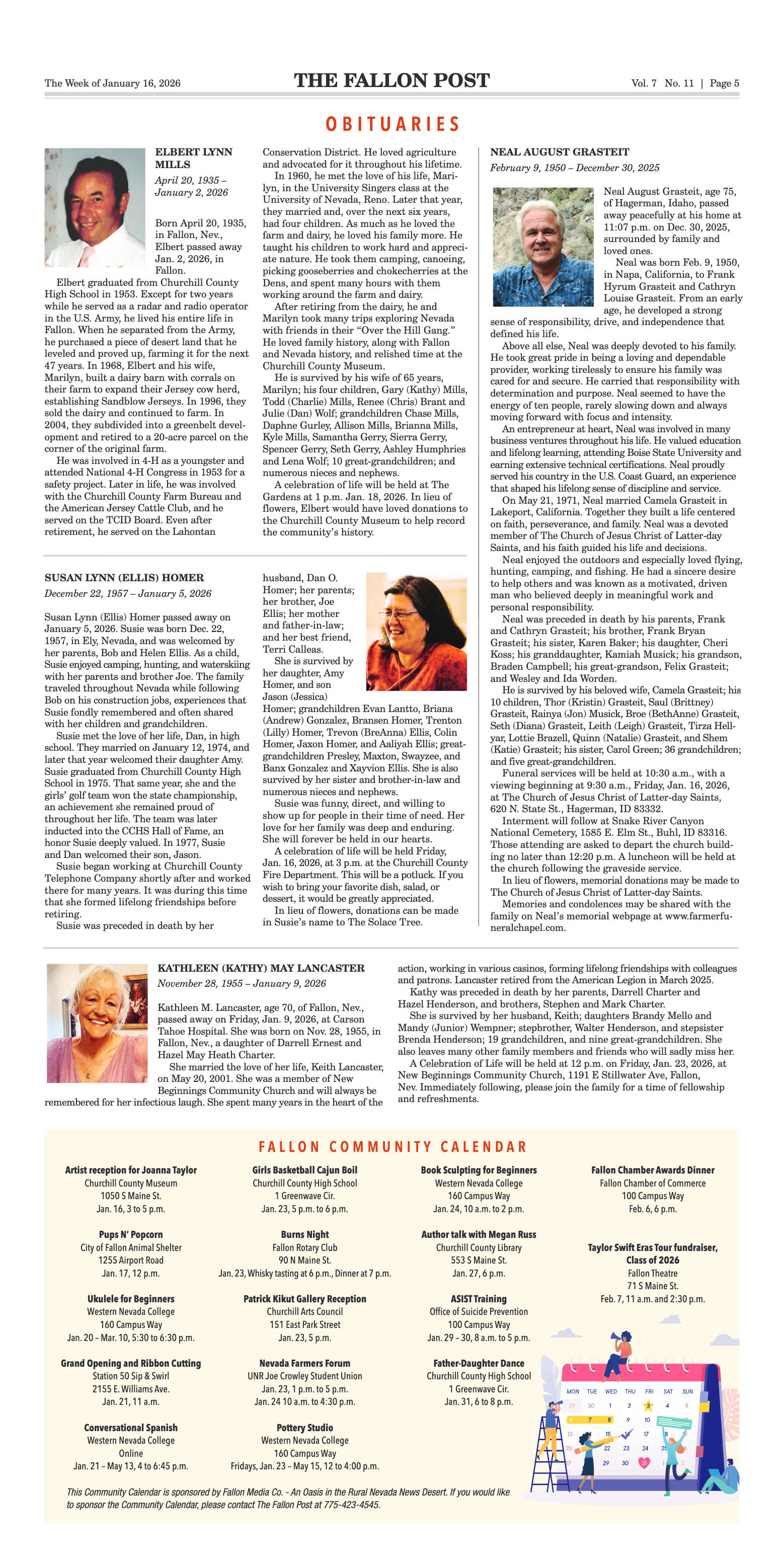
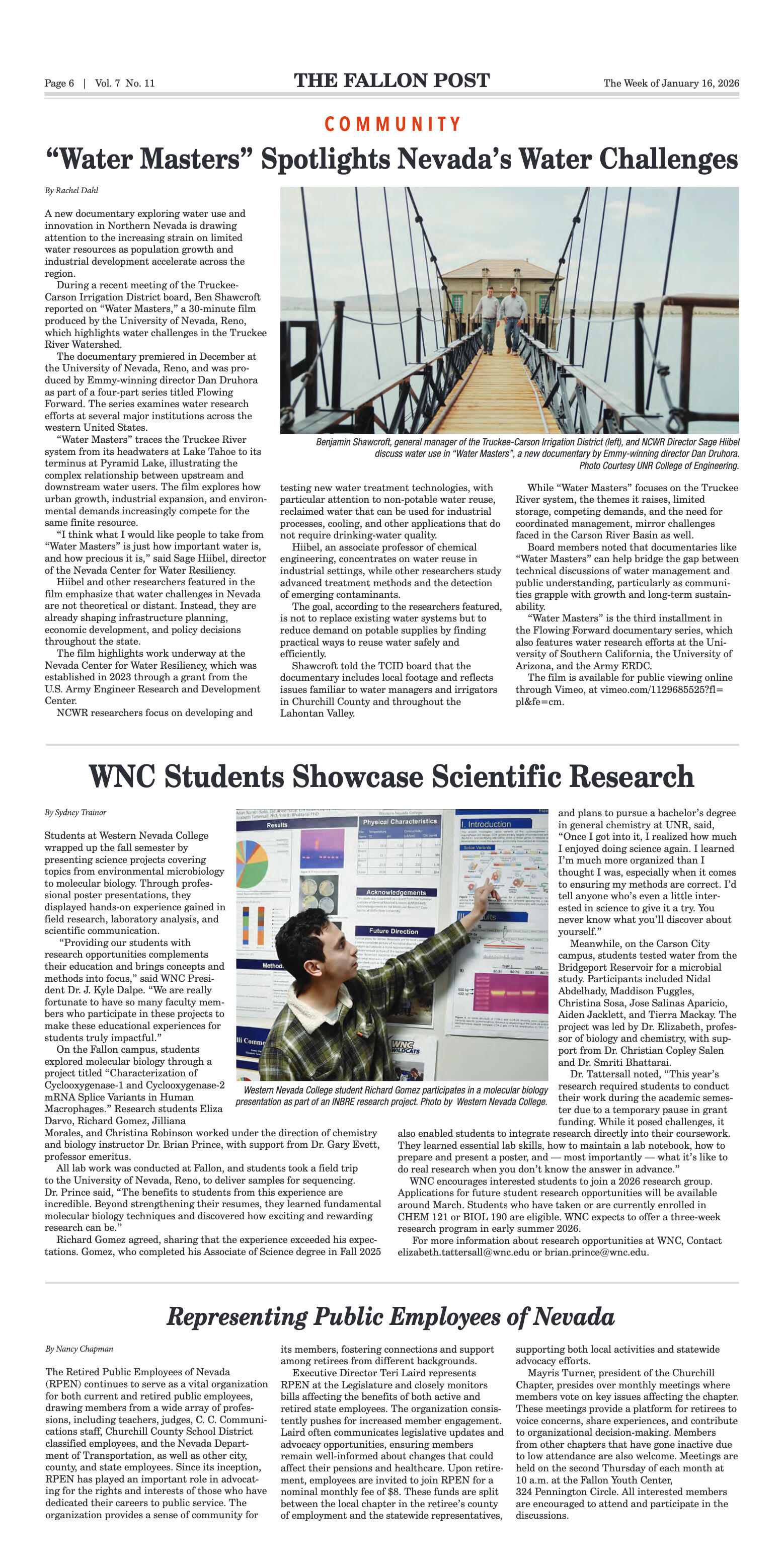
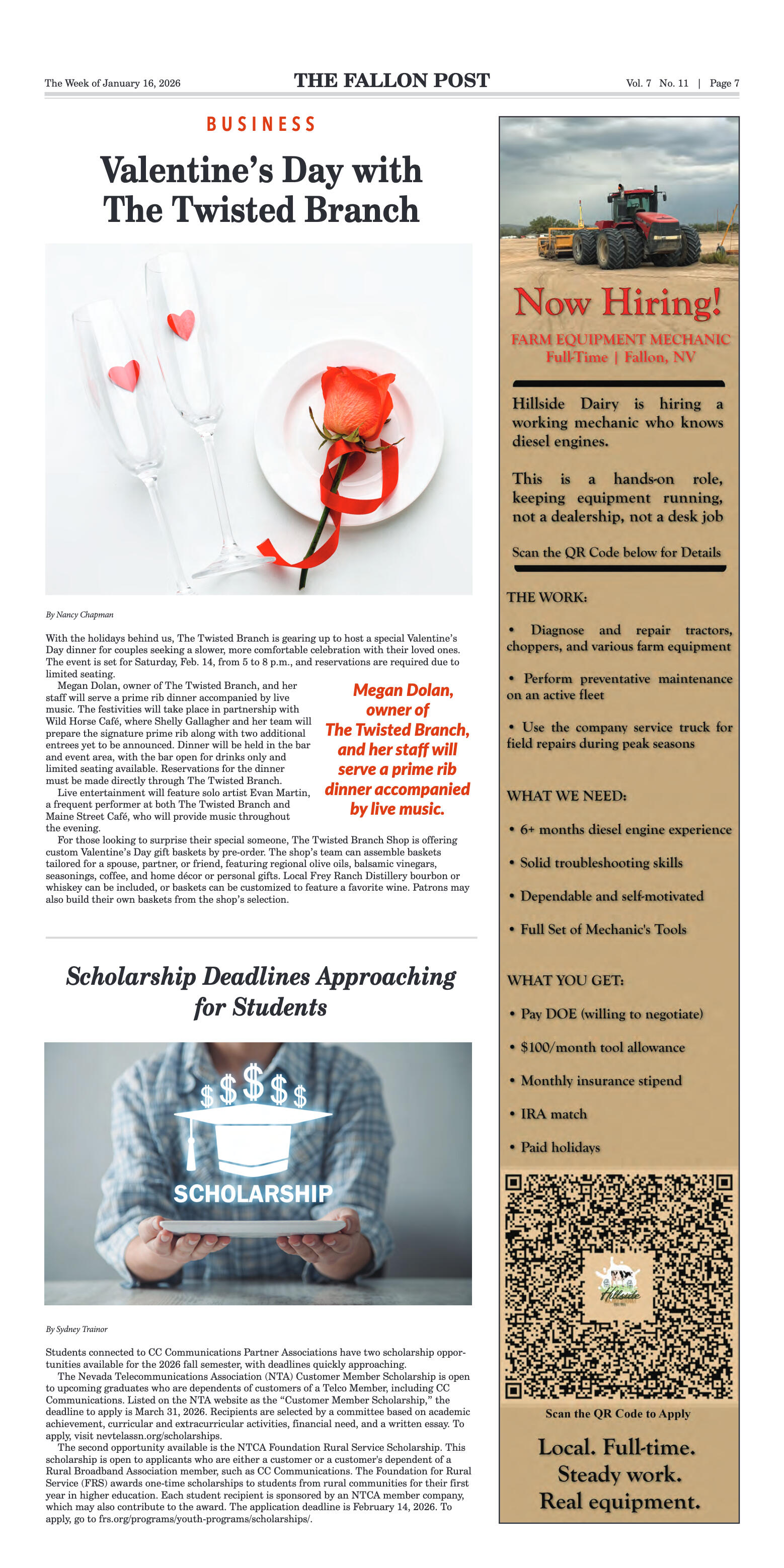
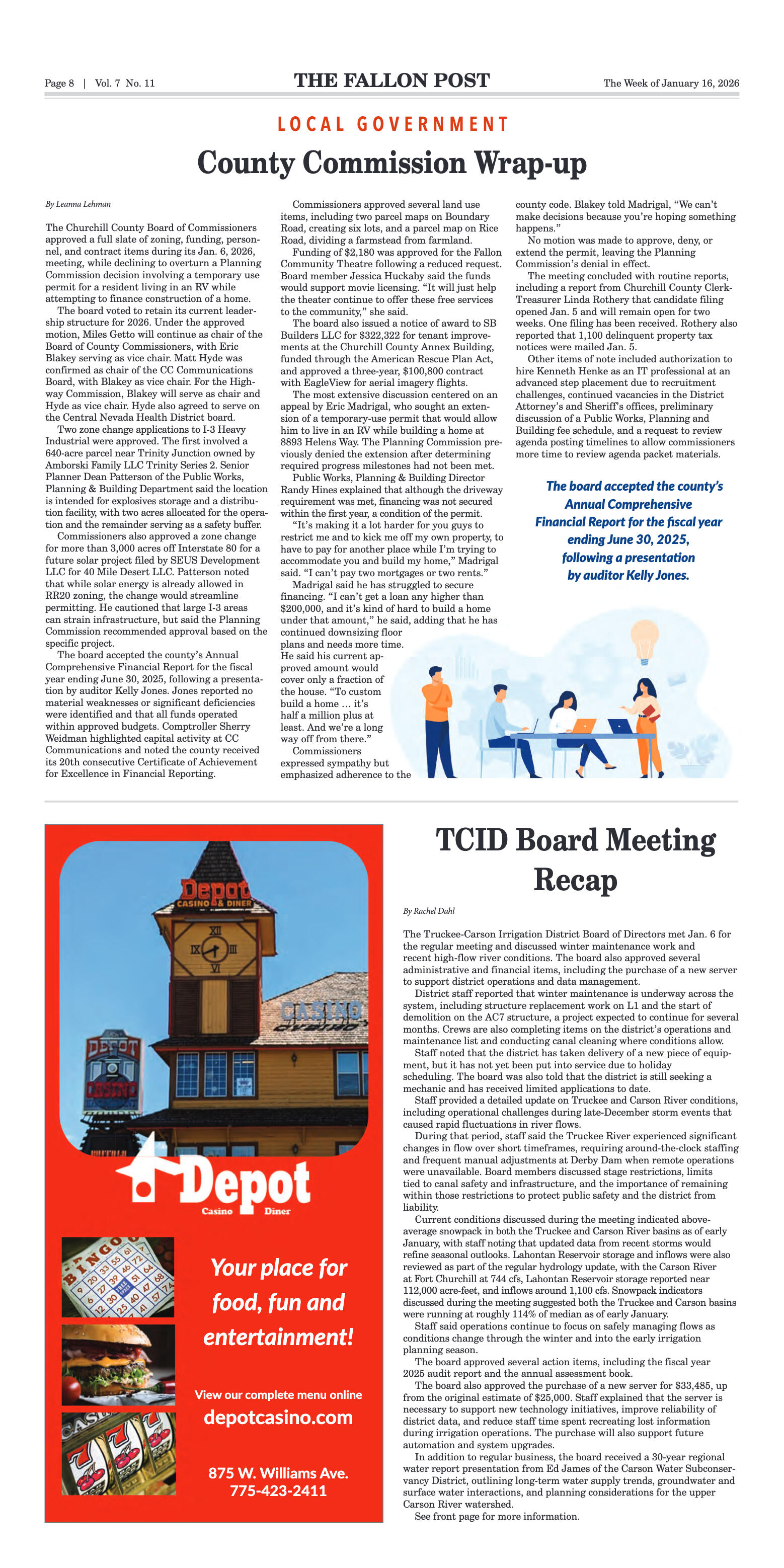
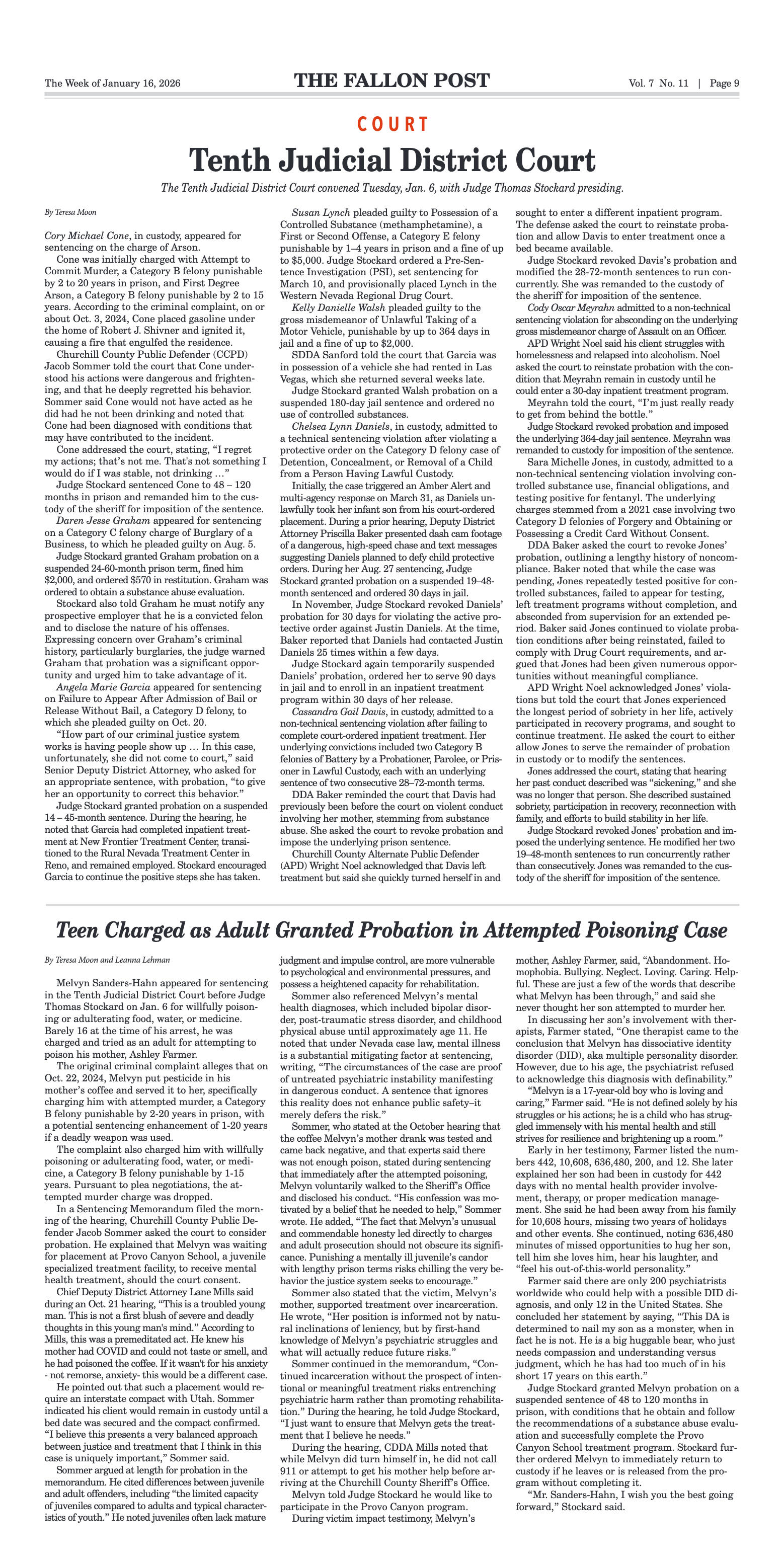
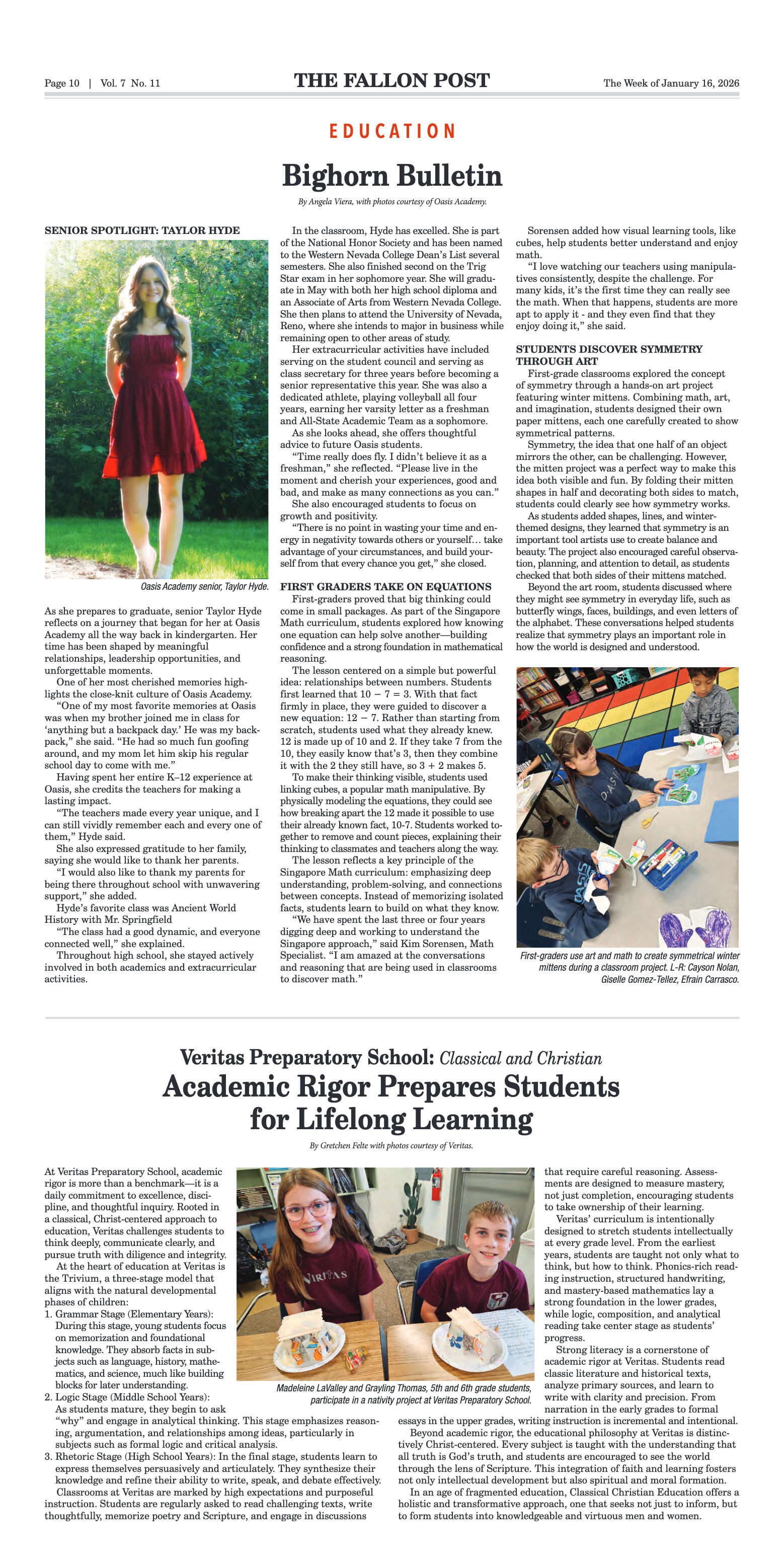
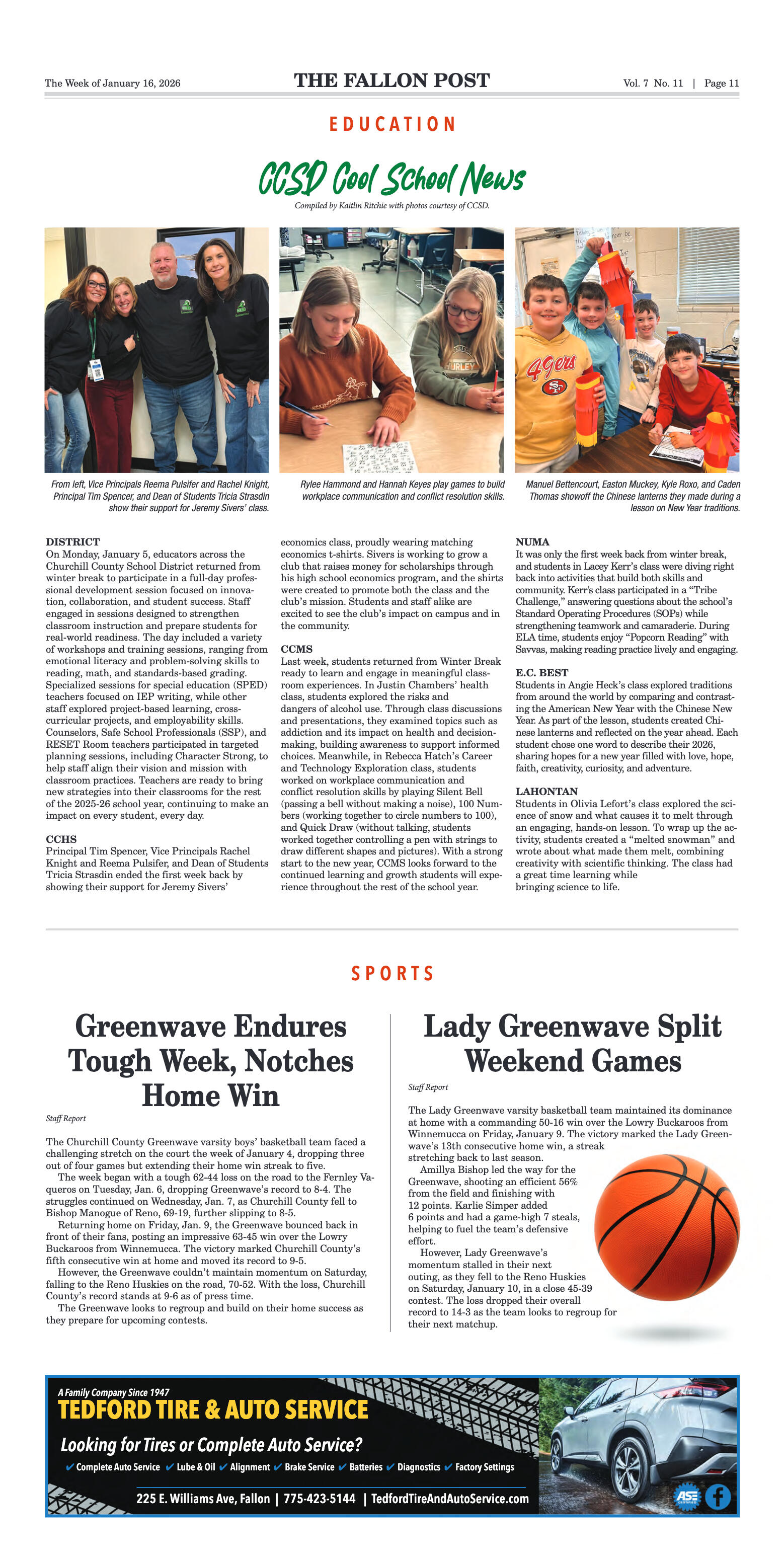
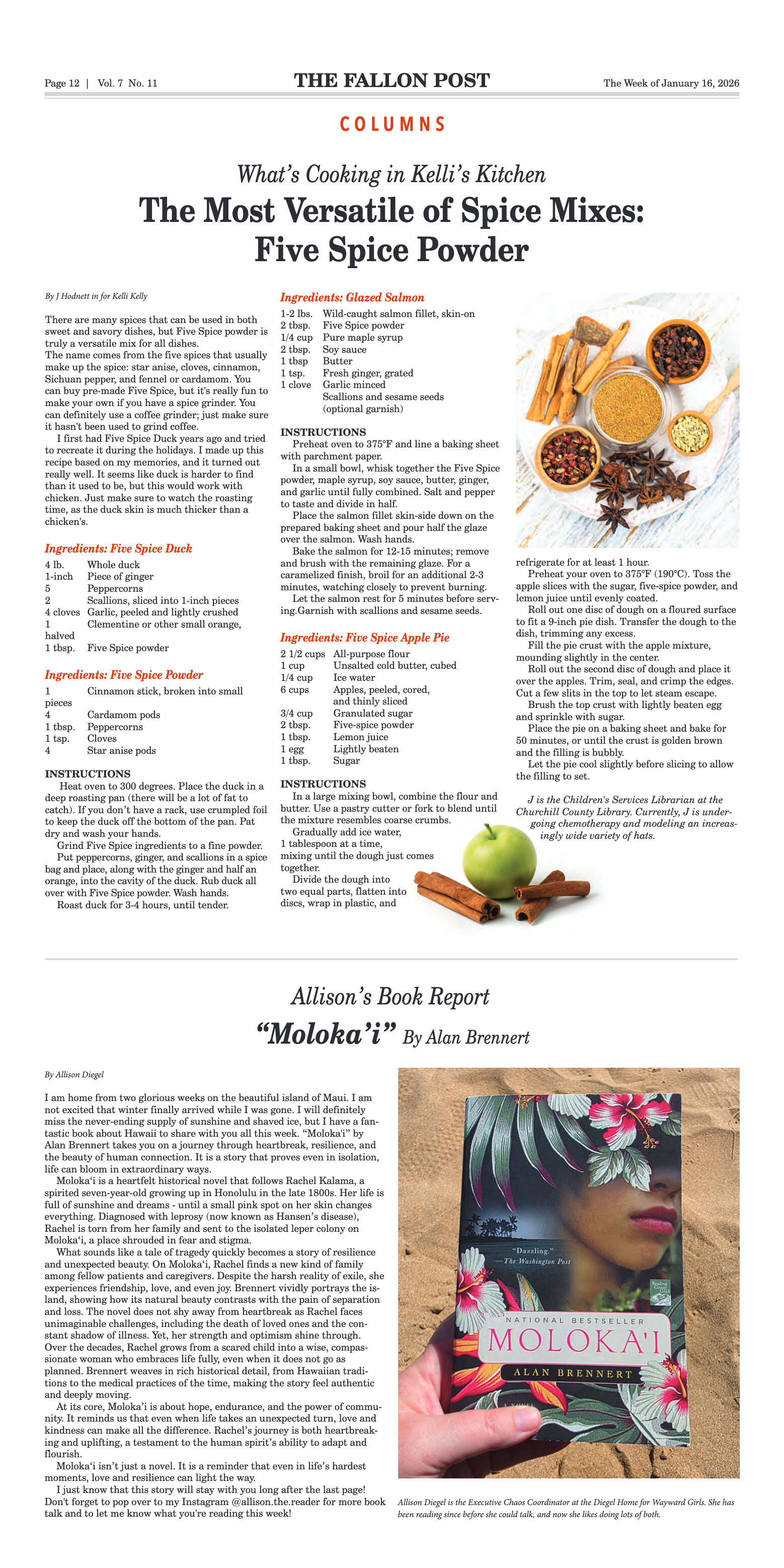
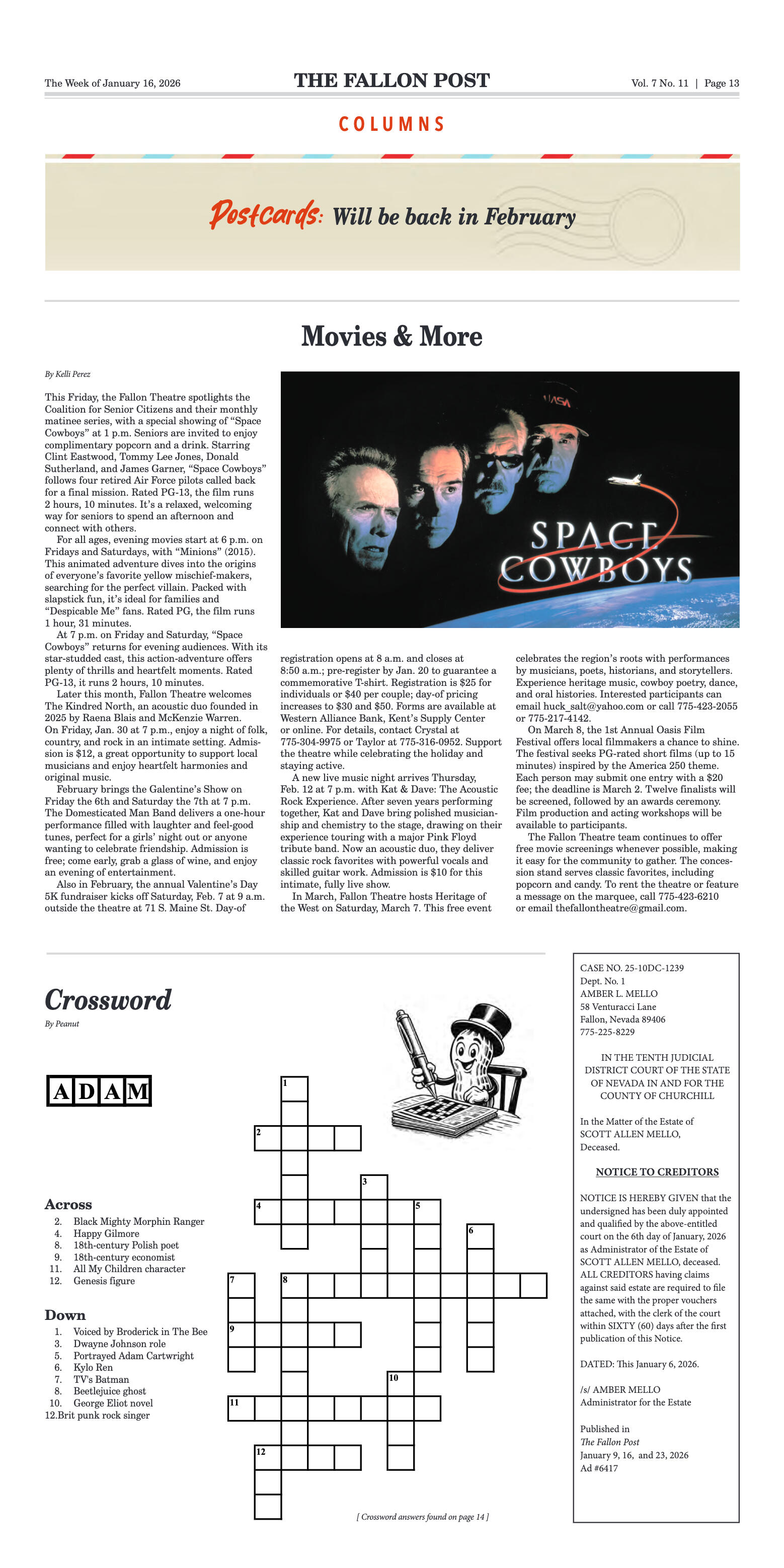
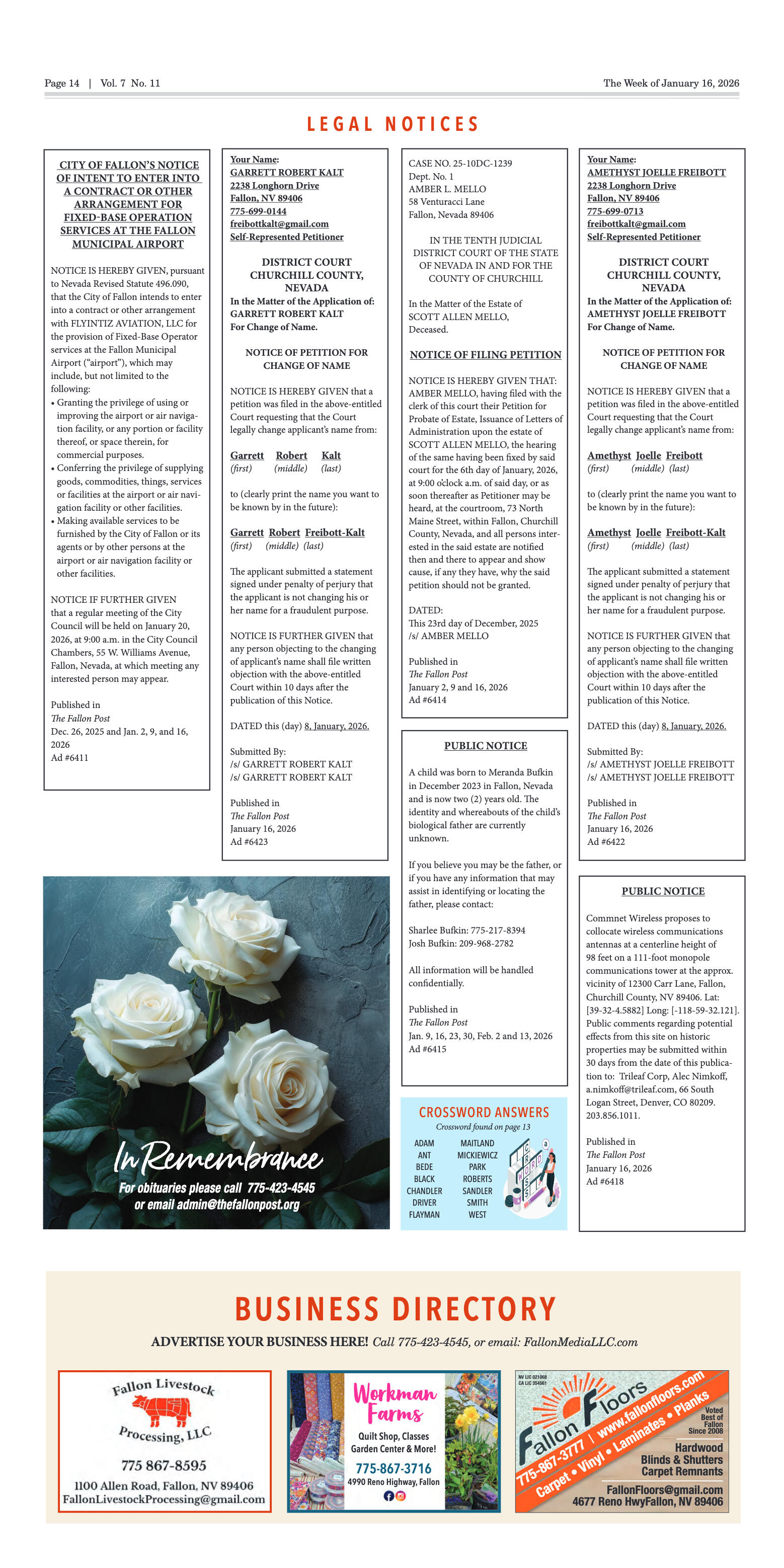
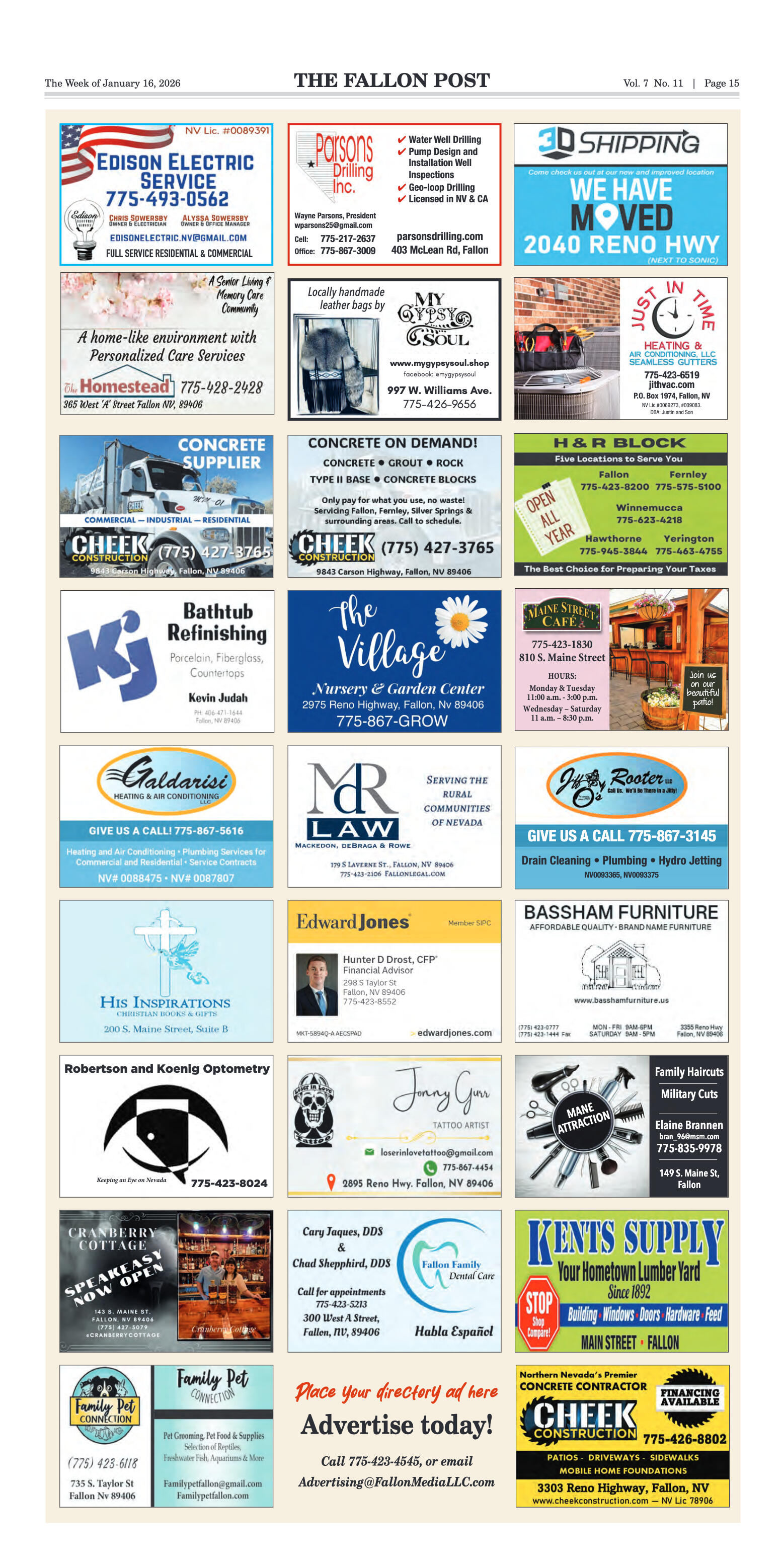
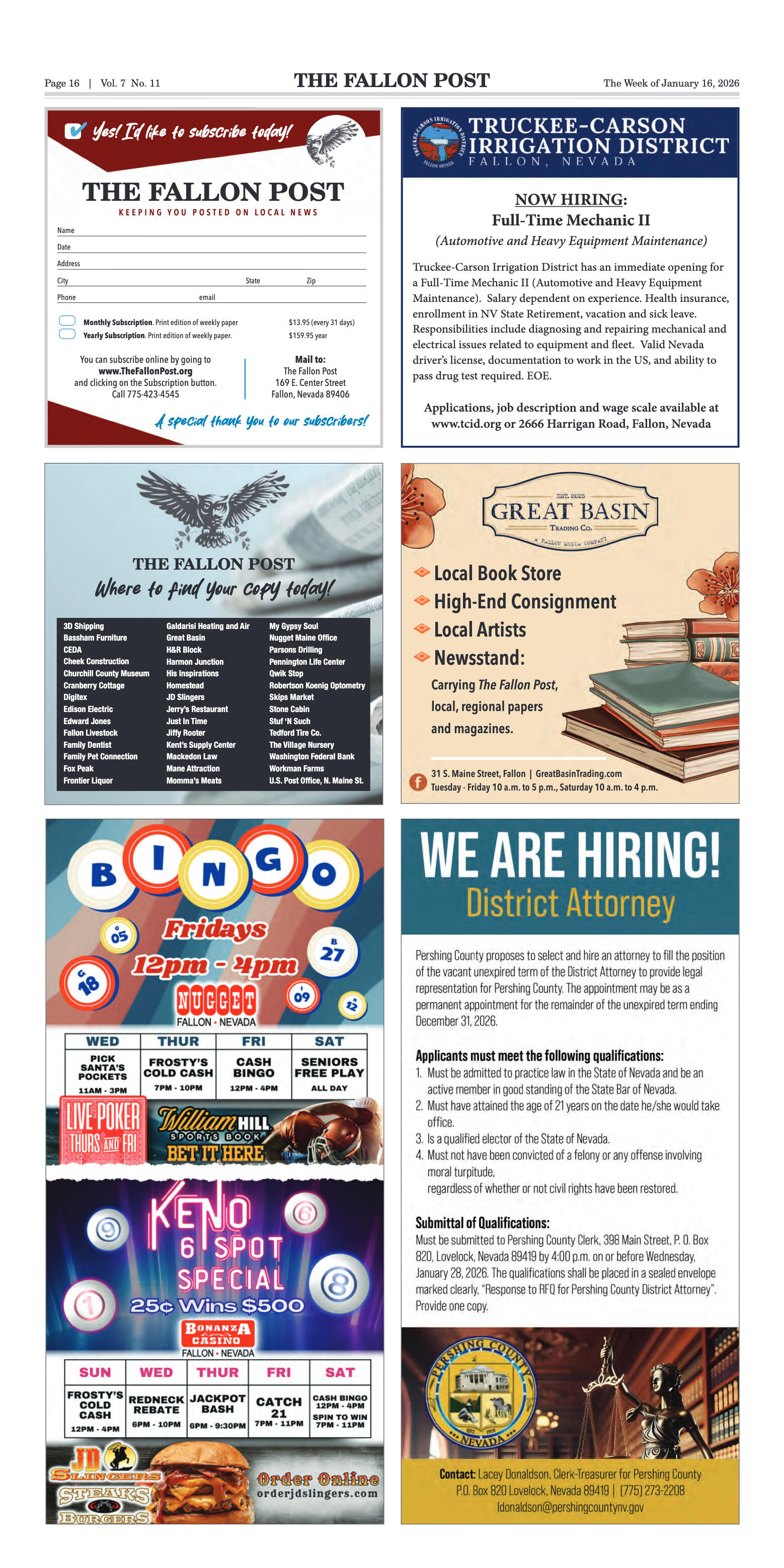
















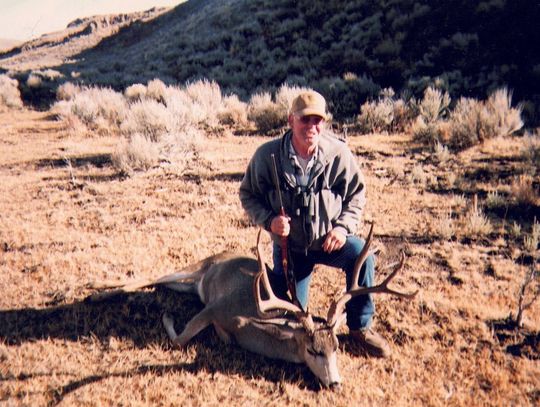
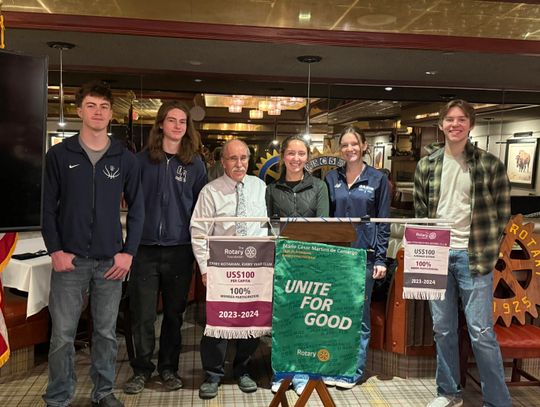
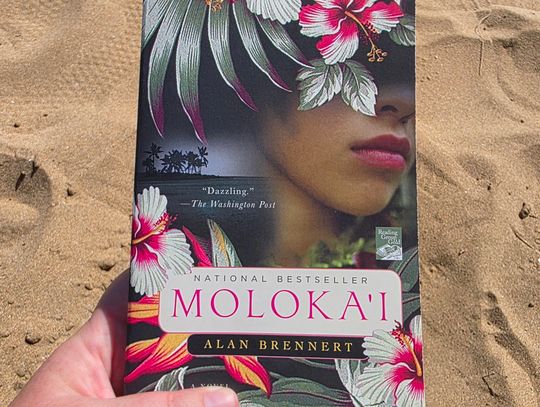


Comment
Comments